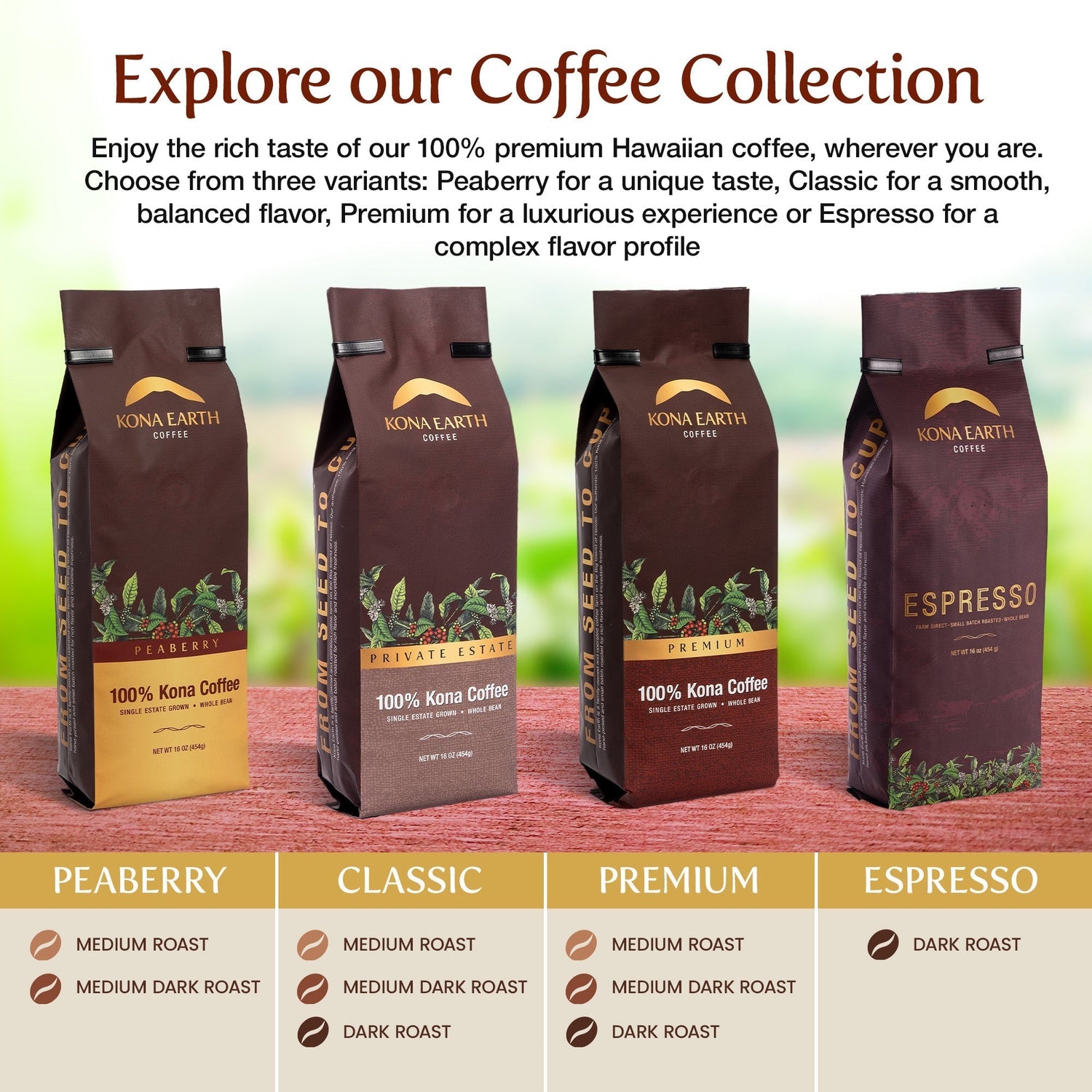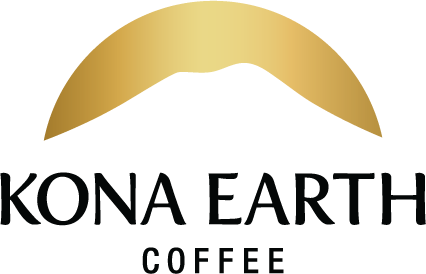As the sun sets on the Kona coffee harvest season and winter fades into spring, life on the farm takes a turn away from picking, pulping, and processing coffee. There is still plenty of work to be done. Pruning, suckering, chipping, fertilizing, spraying, and tending to the trees are all essential tasks that must be accomplished before next season's harvest arrives. And, of course, there is always mowing to be done! In this post, we will take a look at these activities and how they help prepare for another successful growing season.
Kona Earth farmer Steve Wynn pruning the Kona coffee trees (plus a bit of fun!)
Pruning:
Pruning is an important process that helps to shape trees and promote healthy growth. It removes any dead or weak branches, as well as thinning out the canopy, so there is enough light and air circulation. This makes sure the energy produced by photosynthesis can be used most efficiently.
Suckering is a form of pruning where the farmer removes unneeded shoots that sprout from the base of the coffee trees. This helps to ensure the desired form and shape are maintained over time and removes unwanted growth that saps energy from the tree.
Farmer Steve Wynn with his chipper attachment
Next, coffee tree branches and debris resulting from pruning are chipped. The resulting bark is used as a sort of mulch to spread around the base of the trees. This puts nutrients back into the soil and also helps to keep weeds at bay. At Kona Earth, we also compost our cherry pulp and cacao pods after harvesting, so we use that for fertilizing as well.
Fertilizer attachment on our John Deere tractor
Fertilizing/Spraying:
Fertilizing is an essential part of the Kona coffee farming process. The right combination of nutrients must be applied at just the right time to ensure a healthy orchard. This needs to be done not just at harvest's end but throughout the growing season.
Spraying is necessary to protect against pests and tree diseases. Kona coffee farmers have two main natural adversaries to contend with; CLR and CBB.
CLR, or Coffee Leaf Rust, is a fungal disease that causes yellow lesions on the leaves and defoliation. CBB, or Coffee Berry Borer, is an insect that feeds on the coffee berry and can cause extensive damage to the coffee beans within the cherry. Together, these two pests can drastically impact a coffee farmer's yield. In fact, 2022 was a particularly devastating year for Kona coffee farmers. The combination of CBB, CLR, and drought combined to create what locals refer to as "Farmageddon" - with yields down by as much as 60%!
Kona Earth owner Steve Wynn
Farm management:
Of course, tending to the trees isn't a once-a-year effort. Kona coffee orchards must be continually tended to throughout the year to ensure their health and productivity. This includes ongoing weed control and forever mowing, mowing, mowing!
And if the Kona coffee farmer isn't out in the field, he's working on equipment maintenance - making sure tractors and coffee processing equipment is clean and in top working order.
In short, a Kona coffee farmer's work is never done. But at the end of it all, we farmers look forward to a new harvest season with the knowledge that all their hard work has paid off. Their efforts will be rewarded with careful preparation and attention to detail when next year's crop is ready for harvest.





3 comments
Our tour of beautiful Kona Earth farm was fun, fascinating, and eye-opening. Who knew how much work went into those quiet cups of coffee? So delighted to spend an afternoon learning, surrounded by gorgeous foliage and stunning vistas.
Phenomenal content Farmers Steve and Joanie!! No wonder that you have the best coffee on the planet, it comes from the massive love you give to each tree and to the valuable and tasty beans.
Your photos and descriptions of the various processes take me right back to our visit last year and all that you showed us about the coffee farm. Thank you for keeping us up on your progress. oxox, Lynn